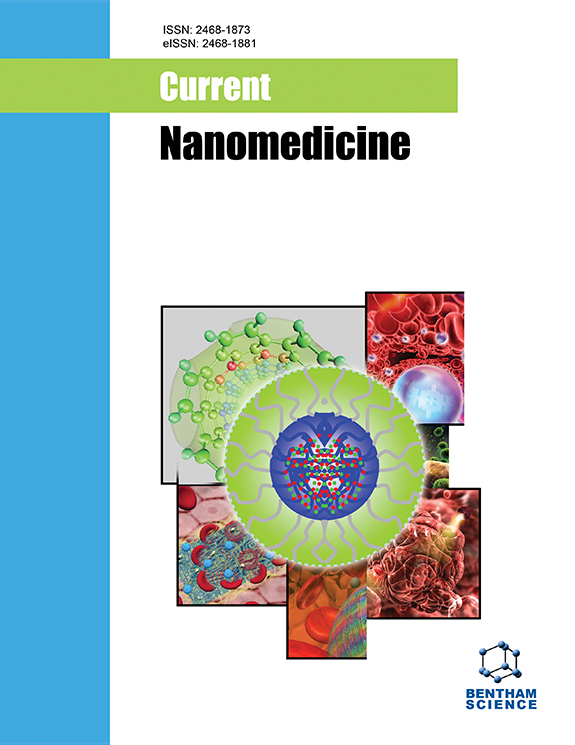Submission Tilte
Preclinical Advances of Gold and Silver Nanoparticles: Mechanistic Insights into Anticancer, Antidiabetic, and Neuroactive Applications
Submission Abstract:
Nanomedicine has emerged as one of the most dynamic and promising fields in modern biomedical research, integrating the principles of nanotechnology with medicine to revolutionize disease diagnosis, treatment, and prevention. Recent advancements in nanomaterials and nanocarrier systems have provided unique opportunities to overcome limitations associated with conventional therapeutics, such as poor solubility, systemic toxicity, and lack of targeted delivery. Engineered nanocarriers, including liposomes, polymeric nanoparticles, dendrimers, metallic nanoparticles, and hybrid nanostructures, are being widely explored for controlled drug release, enhanced bioavailability, and site-specific targeting.
Beyond therapeutics, nanodiagnostic platforms such as nanosensors, quantum dots, and nanoparticle-based imaging agents have improved early disease detection, real-time monitoring, and precision medicine strategies. These innovations are particularly relevant in addressing global health challenges, including cancer, diabetes, infectious diseases, neurodegenerative disorders, and antimicrobial resistance. Moreover, regenerative nanomedicine, employing nanoscaffolds and nanobiomaterials, has opened new horizons for tissue engineering and wound healing applications.
Despite these advances, nanomedicine still faces critical challenges regarding nanotoxicology, biosafety, large-scale manufacturing, and regulatory approval for clinical translation. Addressing these barriers is essential to ensure safe and effective integration of nanomedicine into healthcare systems.
This thematic issue aims to provide a comprehensive platform for presenting original research articles, critical reviews, and perspectives on recent innovations in nanomedicine. By bringing together multidisciplinary contributions from pharmaceutical sciences, biotechnology, chemistry, and clinical research, this issue will highlight mechanistic insights, novel applications, and translational potential, ultimately fostering collaboration and accelerating the advancement of nanotechnology-driven healthcare solutions.




